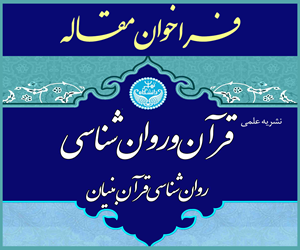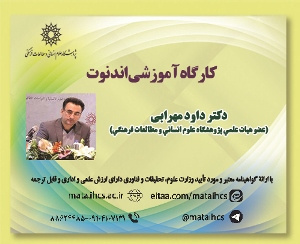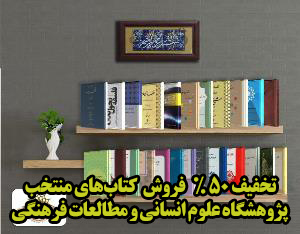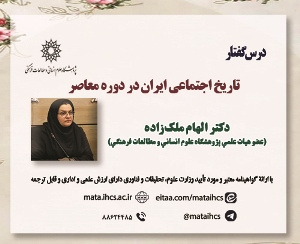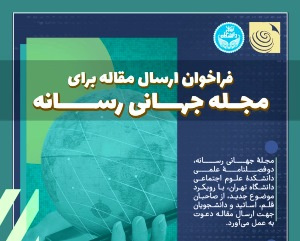شیوه های مرسوم شکسته نویسی در دوره قاجار (مقاله علمی وزارت علوم)
درجه علمی: نشریه علمی (وزارت علوم)
آرشیو
چکیده
بیان مسئله: شکسته نستعلیق آخرین تحول نوشتاری در خوشنویسی ایرانی است که اوج کاربری آن را باید در دوره قاجار جست. تنوع شیوه های شکسته نویسی در دوره قاجار متناسب با جریان های اجتماعی و نیازهای هنری آن دوره قابل دسته بندی و گزارش خواهد بود. هدف: مقاله حاضر دو هدف اصلی را دنبال می کند؛ نخست جستجویی در بنیان های شکل گیری شکسته نستعلیق خواهد داشت و سپس دسته بندی از شیوه های مرسوم شکسته نویسی در دوره قاجار ارائه خواهد داد. روش پژوهش: این پژوهش به روش توصیفی- تحلیلی و بر مبنای مطالعات کتابخانه ای و میدانی فراهم آمده است. شیوه تحلیل داده ها بر اساس تحلیل ساختاری نمونه ها است؛ همچنین نمونه های مورد قضاوت از گستره شکسته نویسی موجود در دوره قاجار می باشد. یافته ها: ریشه خط شکسته را در نستعلیق دانسته اند؛ اما کنکاش در فرم شناسی این خط، تأثیر خط تعلیق بر شکسته را آشکار می کند. همچنین بر مبنای یافته های فرمی و ساختاری در شکسته نویسی این دوره، می توان شکسته نویسی دوره قاجار را به سه شیوه اصلی تقسیم نمود؛ نخست: شیوه پیروان درویش که به همان شیوه می نوشتند؛ دوم: شیوه ای که به استقلال نسبی شکسته از متن و شعر می انجامد؛ در این دسته، آفرینش تابلو به روش جلی نویسی (گُنده نویسی) بسیار رایج می شود؛ در گروه سوم: به نحوی نوشتارهای تحریری و منشی گری را شامل می شود؛ در این روش گونه ای تندنویسی به روش خط تحریری مرسوم می گردد.Conventional Methods of Shikasta Writing in the Qajar Period
Problem Definition: Shikasta Nastaliq is the last written development in Iranian calligraphy, the peak of its use should be found in the Qajar period. The variety of Shikasta writing methods in the Qajar period can be categorized and reported according to that period's social developments and artistic needs. Objective: This study pursues two main objectives; First, it will search on the foundations of the formation of Shikasta Nastaliq, and then it will present a classification of the conventional methods of Shikasta writing in the Qajar period. Research Method: This research is done using a descriptive-analytical method based on library and field studies. The method of data analysis is based on the structural analysis of samples. Also, the judged examples are from the range of Shikasta writing available in the Qajar period. Results: The origin of the Shikasta script has been considered in Nastaliq. However, digging into this script's morphology reveals the Taliq script's effect on the Shikasta one. Also, based on the formal and structural findings in the Shikasta writing of this period, the Shikasta writing of the Qajar period can be divided into three main methods: First, the method of Darvish followers who wrote in the same way. Second is the method that leads to the relative independence of the text and poetry. In this category, creating a tableau by the method of Jali scripting is very common. Third, the method of scribal and clerical writings, a type of fast writing in scribal script, becomes common.
